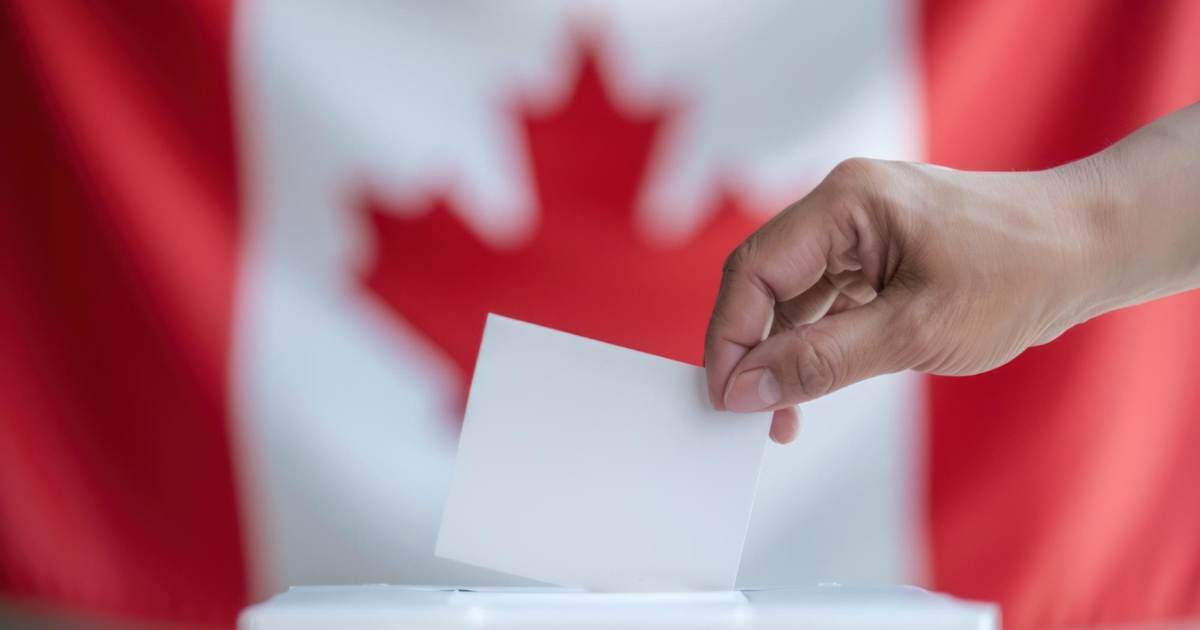As Canada heads toward the 2025 federal election, the battle for hearts, minds and eyeballs is well underway on television screens across the country. Since the election was officially called on March 24th, the Conservative Party has dominated the airwaves, accounting for 49% of total TV advertising impressions across Canada. In contrast, the Liberals and NDP trail significantly, with 22% and 27% respectively.
In the Montreal market, the Liberals have taken an especially aggressive stance, claiming a 43% share of TV advertising, while the Conservatives have 51%. Meanwhile, the NDP is focusing its energy further west, where its share of TV advertising is strongest in Edmonton with 47% of impressions and 38% in Vancouver.
Beyond the numbers, the messaging strategies are also beginning to take shape. In recent weeks, the Liberals have centered their TV ads on Mark Carney’s economic leadership credentials and the global financial crisis. The Conservatives, by contrast, are leaning into a message of patriotism and national unity and a critique of Liberal policies.
And in a slightly more surreal twist to the campaign trail, the satirical Parti Rhinocéros has returned, airing 17 TV spots so far. While they may not be keeping the major parties up at night, their comedic presence adds a familiar and absurdist charm to the political landscape.
The insights in this post are based on NLogic’s Spots data, accessed via Conex API for spots. This powerful tool tracks and analyzes advertising activity across Canadian television, providing detailed information on who is advertising, where, and how often. Thanks to recent enhancements, data is now available just one week after airing, allowing political strategists, media analysts, and curious voters alike to monitor campaign activity in near real time.
For more information on how Conex API can be used to dig deeper into advertising trends, visit nlogic.ca/en/conex-api-spots
Canadian political TV advertising dashboard
* data last updated 23rd April 2025


